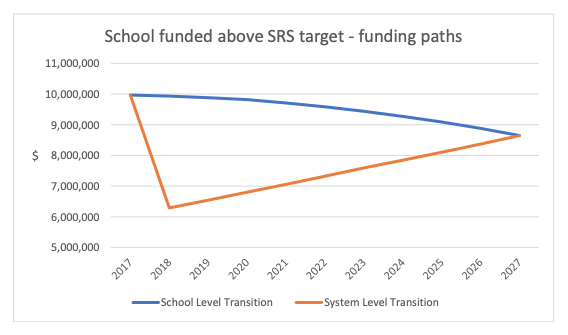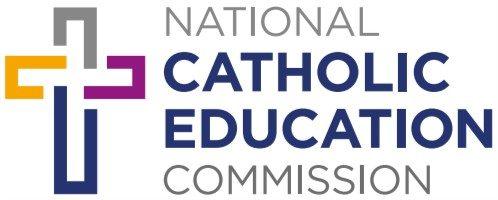18 July 2017
National Catholic Education Commission executive director Christian Zahra says new analysis of the Turnbull Government’s school funding model shows that despite assurances of a “consistent” approach to non-government schools, Catholic systemic schools will be disadvantaged by $1.1 billion over the next decade because of inconsistent treatment of those schools.
“When announcing his new 10-year school funding model, Minister Birmingham outlined his vision for how schools would be funded,” Mr Zahra explained.
“The Minister said:
[INDENT] ‘Everybody is being treated under a consistent funding model. Non-government schools, whatever their faith, whatever their background, will be treated in exactly the same way.’ (ABC Radio, May 3)
“As more becomes known about the Gonski 2.0 school funding plan, it is clear that the Minister has not delivered consistency or equitable treatment.”
Mr Zahra said under the new funding model, standalone independent schools with a Commonwealth funding share above 80 per cent of the Schooling Resource Standard (SRS) will be given 10 years to transition to their new funding level. But systemic schools in that situation – including almost 500 Catholic schools – will have their funding cut on the first day of the Government’s new funding model.
“If the Minister truly wanted fairness and consistency across school sectors, he would be treating non-government schools at similar positions relative to the SRS in the same way,” Mr Zahra explained.
“Our analysis shows that a Catholic systemic school with a Commonwealth funding share above 80 per cent of the SRS will have its funding cut – dramatically in some cases – on January 1, 2018, settling below 80 per cent.
“But a standalone independent school will spend 10 years transitioning down to 80 per cent of the Commonwealth share of the SRS, never falling below 80 per cent, and enjoying a significant financial advantage over the decade.”
Mr Zahra said when comparing the way the Government’s model would treat an actual New South Wales systemic Catholic school under two possible scenarios (see page 2), the policy problem becomes clear.
“As a result of its different funding transition, simply because it is part of a system, this school will receive $20 million less in Commonwealth funding over the decade than it would if it were a standalone independent school,” he said.
“That’s an extra 20 teachers each year over the next 10 years.

“That isn’t consistent treatment of schools. That isn’t fair. That isn’t equitable,” Mr Zahra said, adding that other non-government schools that are part of a system will also likely endure similar inconsistency – and significant financial disadvantage – under this model.
“If all non-government schools were being treated consistently, fairly and equitably, it wouldn’t only be standalone independent schools that enjoy a 10-year period of adjustment to a new funding reality. Systemic schools would also enjoy that smooth transition and the financial benefit that results from it.
“While Catholic systems will still receive a single payment and can redistribute funding, the abandonment of the system-weighted average socioeconomic status score means that systems are essentially being treated as a collection of schools whose individual funding allocations are added together,” he explained.
“The Minister wants to have his cake and eat it, too. He is seeking to fund Catholic schools as standalone schools when it benefits him but seeking to treat them as systemic schools when it benefits him.
“Under the Minister’s preferred approach, which embeds inconsistency of treatment of schools based on whether they are a part of systems or not, Catholic schools will receive $1.1 billion less over the next decade than they would if they were treated in the same way as standalone independent schools.”
Mr Zahra said the Minister has the opportunity to act quickly “to fix the inconsistency he has created and deliver the fairness and equitable treatment he has said that he wants – and what Catholic schools and systems want”.
“School systems have been supported by successive Governments for 40 years as an effective way to deliver school funding and to support the education of Australian students,” he said. “Catholic education is deeply committed to retaining the integrity of school systems.
“Systems were not set up to be a means by which you provide lower levels of funding to some schools and then ask the system to absorb those losses through redistribution. This new model is asking systems to do exactly that.
“The Commonwealth’s funding model should not disadvantage schools simply because they are part of a system.”
